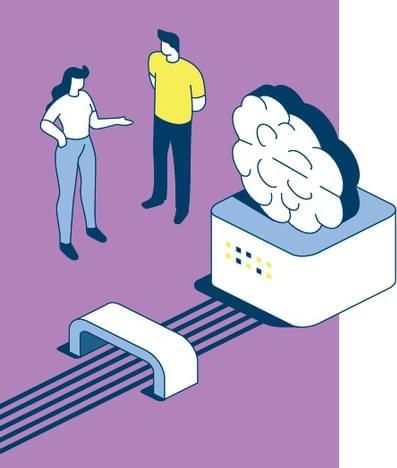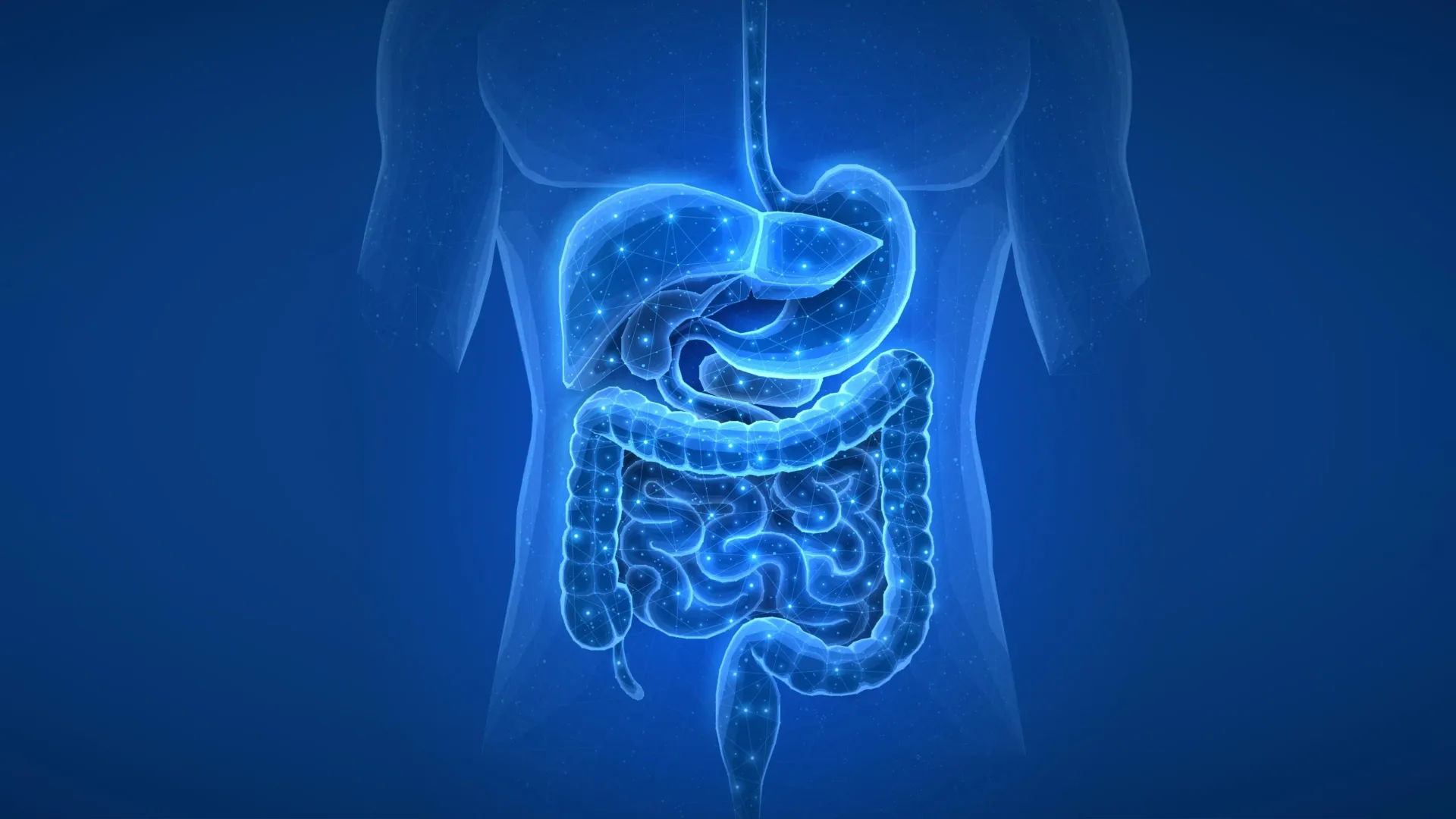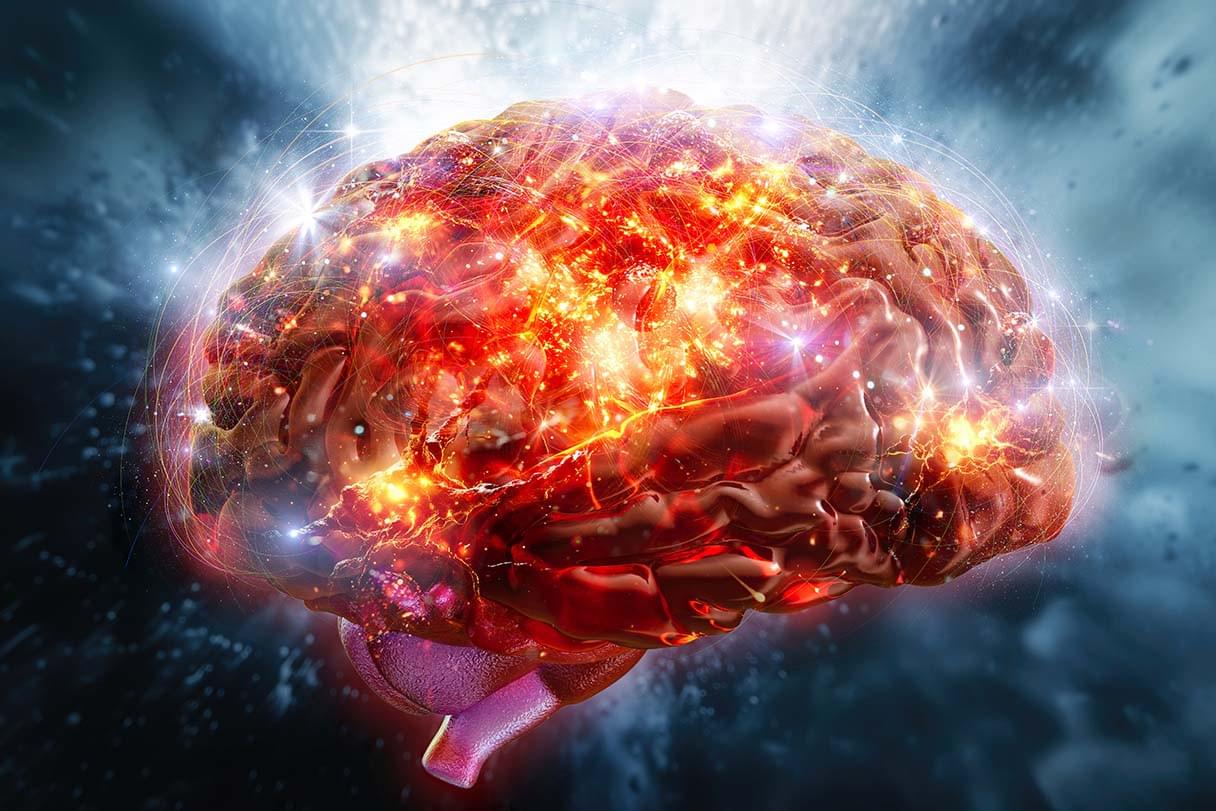Samsung patched CVE-2025–21043 on Sep 2025 after zero-day Android exploits enabled code execution.



HybridPetya ransomware exploits CVE-2024–7344 to bypass UEFI Secure Boot, encrypts NTFS MFT, and demands $1,000 Bitcoin ransom.


Chronic kidney disease (CKD) is a major health issue worldwide. Many patients end up requiring regular dialysis to avoid kidney failure and stay alive. Despite the severity of the condition, there are currently no drugs available that improve kidney function. A research group led by Tohoku University Graduate School of Medicine’s Professor Takaaki Abe has found a remarkable solution to treat patients with CKD by co-opting a drug typically used for constipation. This is the first time that this drug (lubiprostone) was shown to prevent the decline of renal function in patients with CKD.
“We noticed that constipation is a symptom that often accompanies CKD, and decided to investigate this link further,” explains Abe. “Essentially, constipation disrupts the intestinal microbiota, which worsens kidney function. Working backwards, we hypothesized that we could improve kidney function by treating constipation.”
To address this issue, the group conducted a multicenter Phase II clinical trial (LUBI-CKD TRIAL) at nine Japanese medical institutions, enrolling 150 patients with moderate CKD. This study evaluated the effects of lubiprostone on kidney function. The results showed that, compared to the placebo group, the decline in kidney function (defined as the estimated glomerular filtration rate: eGFR) was suppressed in a dose-dependent manner in patients treated with 8 µg or 16 µg of lubiprostone.
A drug called lubiprostone — typically used for constipation — was remarkably shown to help patients with chronic kidney disease.


Europe now has an exascale supercomputer which runs entirely on renewable energy. Of particular interest: one of the 30 inaugural projects for the machine focuses on realistic simulations of biological neurons (see https://www.fz-juelich.de/en/news/effzett/2024/brain-research)
[ https://www.nature.com/articles/d41586-025-02981-1](https://www.nature.com/articles/d41586-025-02981-1)
Large language models (LLMs) work with artificial neural networks inspired by the way the brain works. Dr. Thorsten Hater (JSC) is focused on the nature-inspired models of LLMs: neurons that communicate with each other in the human brain. He wants to use the exascale computer JUPITER to perform even more realistic simulations of the behaviour of individual neurons.
Many models treat a neuron merely as a point that is connected to other points. The spikes, or electrical signals, travel along these connections. “Of course, this is overly simplified,” says Hater. “In our model, the neurons have a spatial extension, as they do in reality. This allows us to describe many processes in detail on the molecular level. We can calculate the electric field across the entire cell. And we can thus show how signal transmission varies right down to the individual neuron. This gives us a much more realistic picture of these processes.”
For the simulations, Hater uses a program called Arbor. This allows more than two million individual cells to be interconnected computationally. Such models of natural neural networks are useful, for example, in the development of drugs to combat neurodegenerative diseases like Alzheimer’s. The physicist and software developer would like to simulate and study the changes that take place in the neurons in the brain on the exascale computer.

Scientists in Canada have uncovered a surprising culprit behind high blood sugar and liver problems: a hidden fuel made by gut bacteria. This little-known molecule, called D-lactate, slips into the bloodstream and pushes the liver to make too much sugar and fat. By creating a simple “trap” that blocks the molecule in the gut, researchers saw big improvements in blood sugar, insulin resistance, and liver health in obese mice—without changing diet or weight. The discovery opens up a fresh way to fight diabetes and fatty liver disease by targeting the gut’s secret fuel before it can do harm.
An interesting & apposite article on a vital aspect of the Space-Race not normally covered.
Nearly 15,000 satellites in 432 constellations are driving today’s $570 billion dollar space economy. Dr. Namrata Goswami explains recent predictions for over 60,000 satellites and $2 trillion in space by 2040.
Dr. Namrata Goswami is a Professor of Space Security at Johns Hopkins University and co-author of the book “Scramble for the Skies”. She joins us today to discuss the current state of the emerging space economy and the Great Powers Competition for control of Earth orbit and beyond.
Dr. Namrata Goswami, Professor of Space Security at Johns Hopkins University and co-author of the book “Scramble for the Skies”. She joins us today to discuss the current state of the emerging space economy and the Great Powers Competition for control of Earth orbit and beyond.
Disclaimer: “The views expressed are those of the author and do not reflect the official guidance or position of the United States Government, the Department of Defense, the United States Air Force, or the United States Space Force.”

“Young” immune cells created by Cedars-Sinai investigators reversed signs of aging and Alzheimer’s disease in the brains of laboratory mice, according to a study published in the journal Advanced Science.
The immune cells, which were produced from human stem cells, could be used to develop new treatments for neurological conditions in humans.
“Previous studies have shown that transfusions of blood or plasma from young mice improved cognitive decline in older mice, but that is difficult to translate into a therapy,” said Clive Svendsen, Ph.D., executive director of the Board of Governors Regenerative Medicine Institute and senior author of the study.